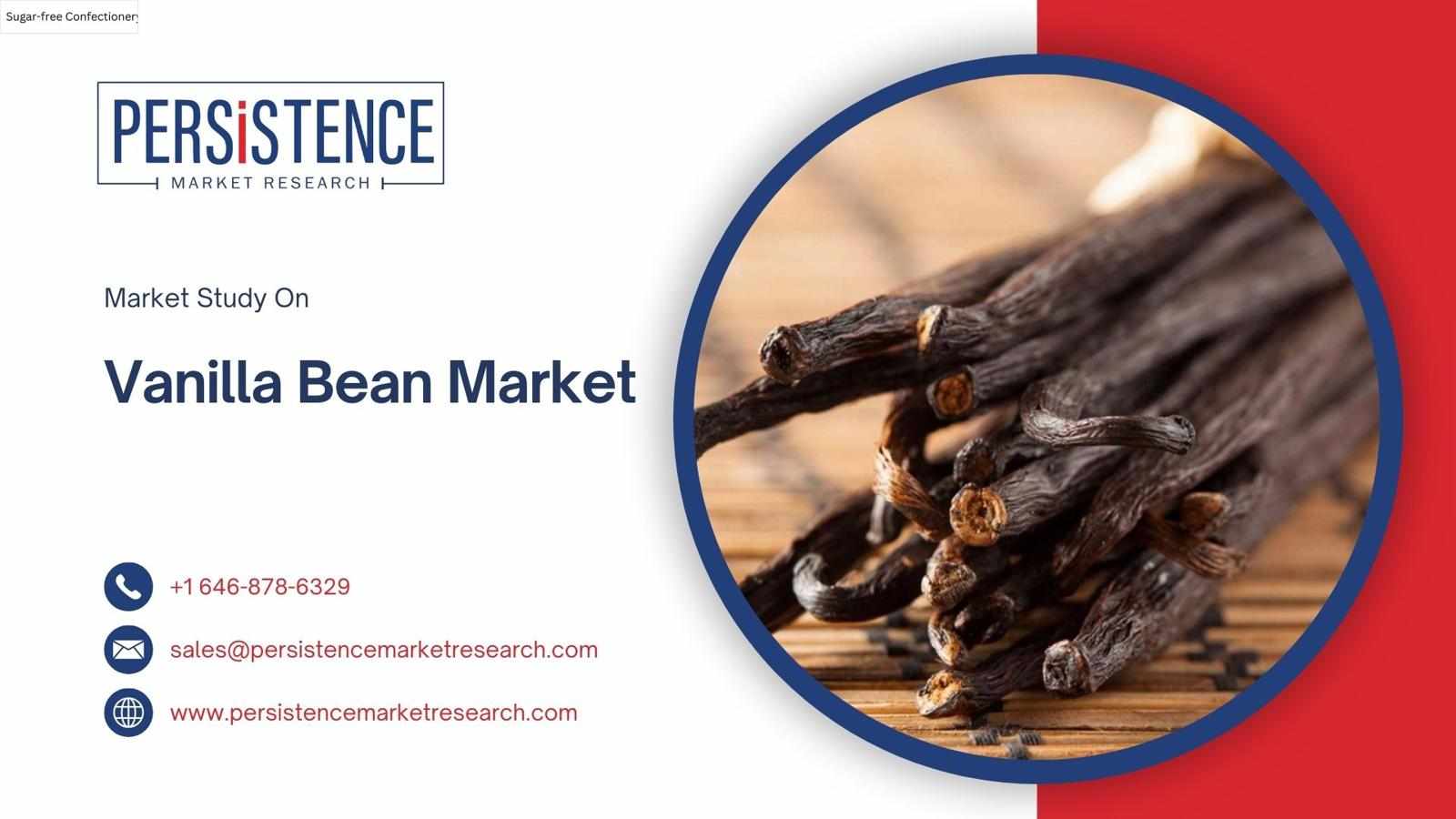The global inflatable boat market is experiencing significant growth, driven by advancements in design, materials, and a surge in recreational and professional maritime activities. According to projections by Persistence Market Research, the inflatable boat market is estimated to increase from US$ 2,721.3 million in 2025 to US$ 3,966.5 million by 2032, recording a compound annual growth rate (CAGR) of 5.5% during the forecast period from 2025 to 2032.
Market Overview
Inflatable boats have gained popularity due to their lightweight design, portability, and versatility across various applications. These boats are constructed with inflatable tubes surrounding a solid hull, offering stability and buoyancy. The market is segmented based on product type, material type, floor type, application, and region.
Product Type Segmentation
Rigid Inflatable Boats (RIBs)
RIBs are characterized by their solid hulls made of materials like fiberglass or aluminum, combined with inflatable tubes. This design offers enhanced stability, durability, and performance, making RIBs suitable for both recreational and professional use. They are widely used in maritime security, rescue operations, and as tenders for larger vessels.
Soft Inflatable Boats
These boats feature entirely inflatable structures, including both the hull and tubes. They are lighter and more compact, making them ideal for leisure activities such as fishing, kayaking, and short-distance cruising. Soft inflatable boats are also cost-effective, appealing to budget-conscious consumers.
Material Type Segmentation
The materials used in constructing inflatable boats significantly impact their durability, weight, and resistance to environmental factors:
PVC (Polyvinyl Chloride): Lightweight and cost-effective, PVC is commonly used in budget-friendly inflatable boats. However, it may be less durable compared to other materials.
Polyurethane: Known for its resistance to abrasion and UV degradation, polyurethane offers improved longevity and is often used in mid-range inflatable boats.
Hypalon/CSM (Chlorosulfonated Polyethylene): This material is highly durable, resistant to chemicals, UV rays, and extreme temperatures. Hypalon-coated boats are premium products, favored for their longevity and performance in harsh conditions.
Floor Type Segmentation
The floor type of an inflatable boat affects its rigidity, weight, and ease of assembly:
Air Floor: Inflatable floors provide lightweight and compact storage solutions, suitable for casual recreational use.
Aluminum Floor: Offers a balance between weight and rigidity, providing a stable platform for various activities.
Wood Floor: Traditional and sturdy, wood floors offer durability but increase the boat's weight.
Fiberglass Floor: Provides a rigid and durable surface, enhancing the boat's performance and longevity.
Application Segmentation
Leisure
The leisure segment is the largest application area, driven by increasing interest in recreational water activities such as fishing, boating, and water sports. Inflatable boats offer convenience, ease of storage, and affordability, making them popular among outdoor enthusiasts.
Professional and Sports
This segment includes commercial applications like fishing charters, diving operations, and sports teams. Inflatable boats are valued for their stability, capacity, and adaptability to various professional needs.
Maritime Security
Inflatable boats are extensively used in maritime security for patrols, rescues, and surveillance. Their speed, maneuverability, and ability to operate in shallow waters make them ideal for security forces and coast guards.
Regional Analysis
North America: Dominates the market due to high adoption rates in leisure and professional applications. The U.S. and Canada have a strong presence of manufacturers and consumers, contributing to the region's market share.
Europe: Exhibits steady growth, with countries like the UK, France, and Italy showing increased demand for inflatable boats in both recreational and professional sectors.
Asia-Pacific: Emerging as a significant market due to rising disposable incomes, growing interest in water sports, and expanding tourism industries.
Latin America and Middle East & Africa: These regions are witnessing gradual growth, with increasing investments in tourism and recreational activities.
Market Drivers
Rising Popularity of Water Sports: The global trend towards outdoor and water-based recreational activities is boosting the demand for inflatable boats.
Advancements in Materials and Design: Innovations in materials like Hypalon and PVC, along with improved manufacturing techniques, have enhanced the durability and performance of inflatable boats.
Cost-Effectiveness: Inflatable boats offer a more affordable alternative to traditional hard-hull boats, attracting budget-conscious consumers.
Portability and Storage: The lightweight and compact nature of inflatable boats make them easy to transport and store, appealing to urban dwellers with limited space.
Challenges
Regulatory Compliance: Adhering to safety and environmental regulations can be challenging for manufacturers, especially when introducing new materials or designs.
Competition from Traditional Boats: Despite the advantages of inflatable boats, traditional hard-hull boats continue to dominate certain segments due to established consumer preferences.
Conclusion
The inflatable boat market is poised for significant growth, driven by advancements in product design, material technology, and increasing consumer interest in recreational and professional maritime activities. Manufacturers focusing on innovation, quality, and addressing consumer needs will be well-positioned to capitalize on the expanding market opportunities.
For more detailed insights and data, refer to the full report by Persistence Market Research: Inflatable Boat Market Report.

















Write a comment ...